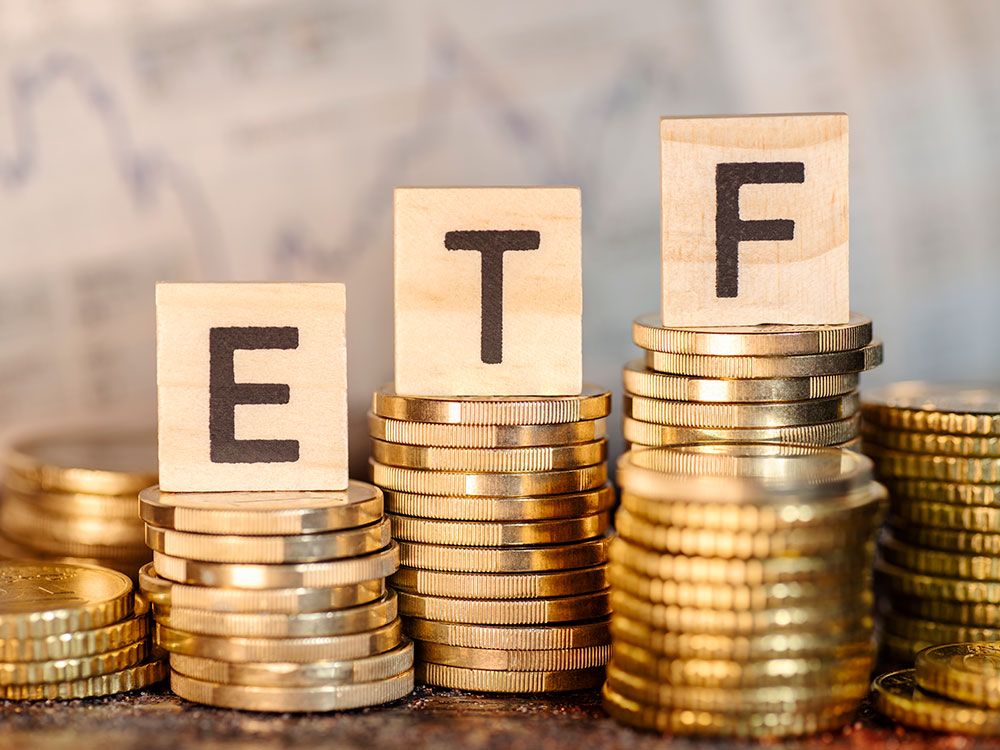Lifestyle
Jim Quits ETFs Over Tax Concerns and Phantom Distributions

Jim recently decided to withdraw from investing in exchange-traded funds (ETFs), citing issues with phantom distributions and the associated tax implications. His choice stems from frustrations with the lack of transparency surrounding these investments, which he believes complicates the tracking of dividends and ultimately impacts his financial situation.
Phantom distributions occur when an investment fund sells an underlying asset at a profit, resulting in a capital gain without an actual cash payment to the investor. In Jim’s case, this has led to unexpected tax liabilities, particularly concerning his eligibility for the Old Age Security (OAS) program in Canada. Jim is now questioning whether his decision to stop investing in ETFs was justified.
Understanding Phantom Distributions in Canada
According to Andrew Dobson, a certified financial planner at Objective Financial Partners Inc. in London, Ontario, phantom distributions can significantly affect an investor’s adjusted cost base (ACB). When a fund reinvests the proceeds from a sale of assets, it can increase the ACB, resulting in taxable income that investors may not anticipate. This can become especially problematic for those holding investments in taxable accounts, as the tax implications can be substantial.
In Canada, the taxation of ETFs and mutual funds is structured to yield similar after-tax returns to those achieved if the underlying securities were held individually. For example, if a Canadian bank ETF offers an effective yield of 4%, investors holding the same proportion of the bank stocks directly should expect a comparable yield and tax burden. However, the automated nature of ETFs can lead to surprises when funds realize capital gains through rebalancing or trading.
Most ETFs aim to distribute income, which can take the form of interest from bonds or dividends from stocks. In many cases, this income is reinvested within the fund. While this reinvestment strategy aims to benefit investors over time, it complicates tax reporting and may lead to increased liabilities.
Alternatives to Traditional ETFs
For investors like Jim who are concerned about phantom distributions, there are alternatives worth considering. Corporate class ETFs and mutual funds can offer potential tax advantages by pooling income and expenses across various funds. This structure allows funds to offset higher taxed income, like interest, with capital gains and eligible dividends, which may be taxed at lower rates.
Such corporate class funds often include a return of capital series, providing regular payments that can exceed typical yields. However, investors should be aware that this strategy can increase long-term tax liabilities by lowering their cost base.
Another option for those seeking greater control over their tax situations is investing directly in individual stocks. This method allows investors to manage the timing of capital gains and losses more effectively, which can be particularly advantageous for those receiving OAS benefits.
As Jim evaluates his investment strategies, it is essential to weigh the risks and returns associated with each option. Dobson encourages investors to assess their portfolio’s performance and determine if the trade-offs of alternative investments align with their financial goals.
In conclusion, Jim’s decision to step away from ETFs stems from valid concerns regarding phantom distributions and their tax implications. By exploring alternative investment structures and strategies, he may find a path that better suits his financial needs and enhances his overall investment experience.
-

 Politics4 weeks ago
Politics4 weeks agoSecwepemc First Nation Seeks Aboriginal Title Over Kamloops Area
-

 World5 months ago
World5 months agoScientists Unearth Ancient Antarctic Ice to Unlock Climate Secrets
-

 Entertainment5 months ago
Entertainment5 months agoTrump and McCormick to Announce $70 Billion Energy Investments
-

 Science5 months ago
Science5 months agoFour Astronauts Return to Earth After International Space Station Mission
-

 Lifestyle5 months ago
Lifestyle5 months agoTransLink Launches Food Truck Program to Boost Revenue in Vancouver
-

 Technology3 months ago
Technology3 months agoApple Notes Enhances Functionality with Markdown Support in macOS 26
-

 Lifestyle3 months ago
Lifestyle3 months agoManitoba’s Burger Champion Shines Again Amid Dining Innovations
-

 Top Stories2 months ago
Top Stories2 months agoUrgent Update: Fatal Crash on Highway 99 Claims Life of Pitt Meadows Man
-

 Politics4 months ago
Politics4 months agoUkrainian Tennis Star Elina Svitolina Faces Death Threats Online
-

 Sports5 months ago
Sports5 months agoSearch Underway for Missing Hunter Amid Hokkaido Bear Emergency
-

 Politics5 months ago
Politics5 months agoCarney Engages First Nations Leaders at Development Law Summit
-

 Technology5 months ago
Technology5 months agoFrosthaven Launches Early Access on July 31, 2025





















